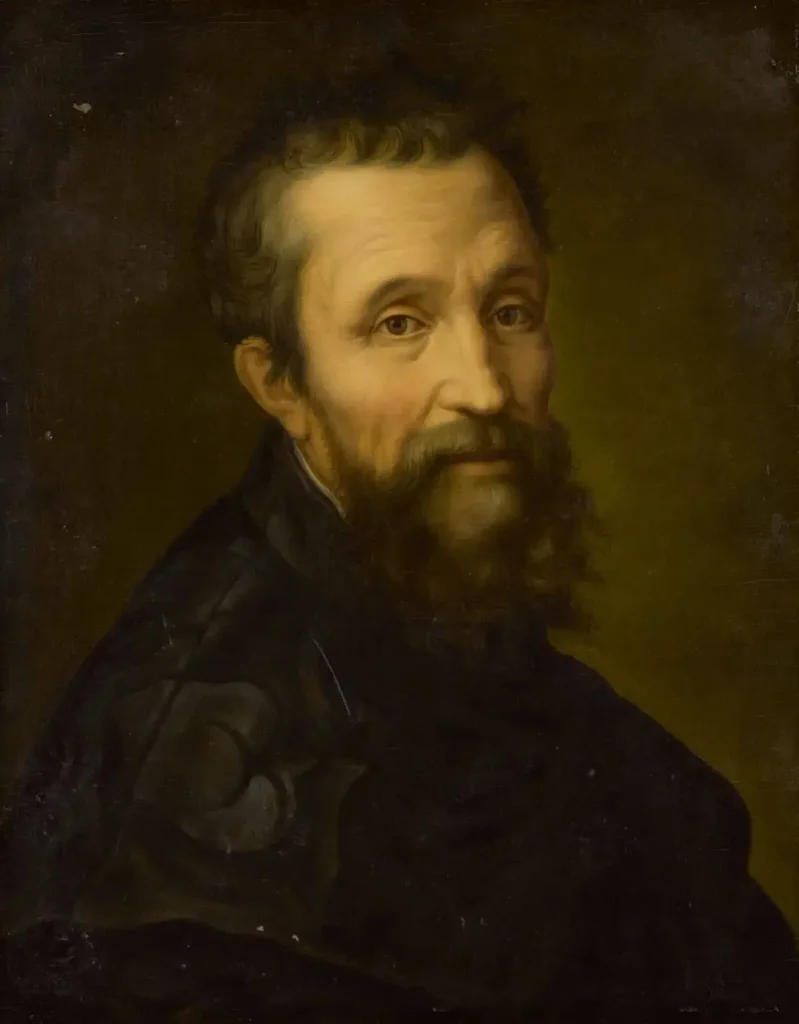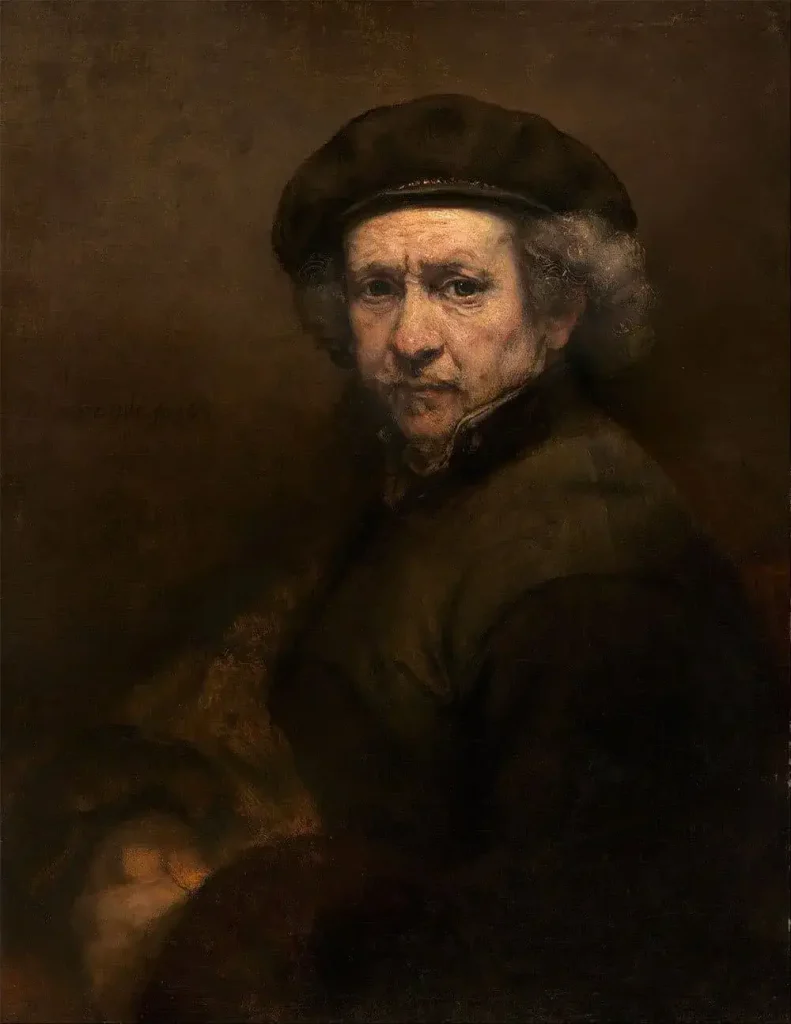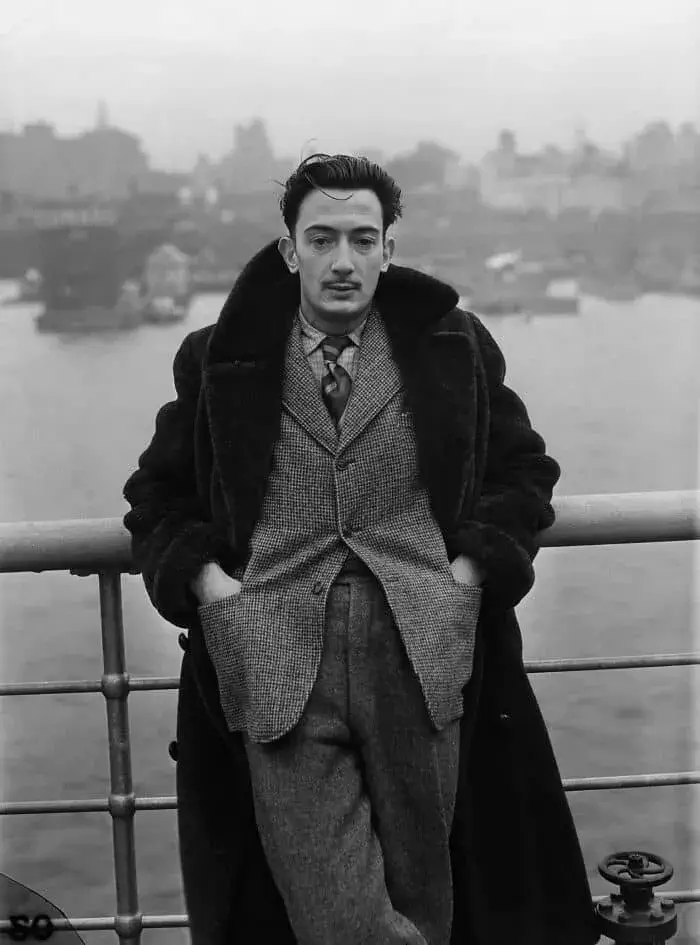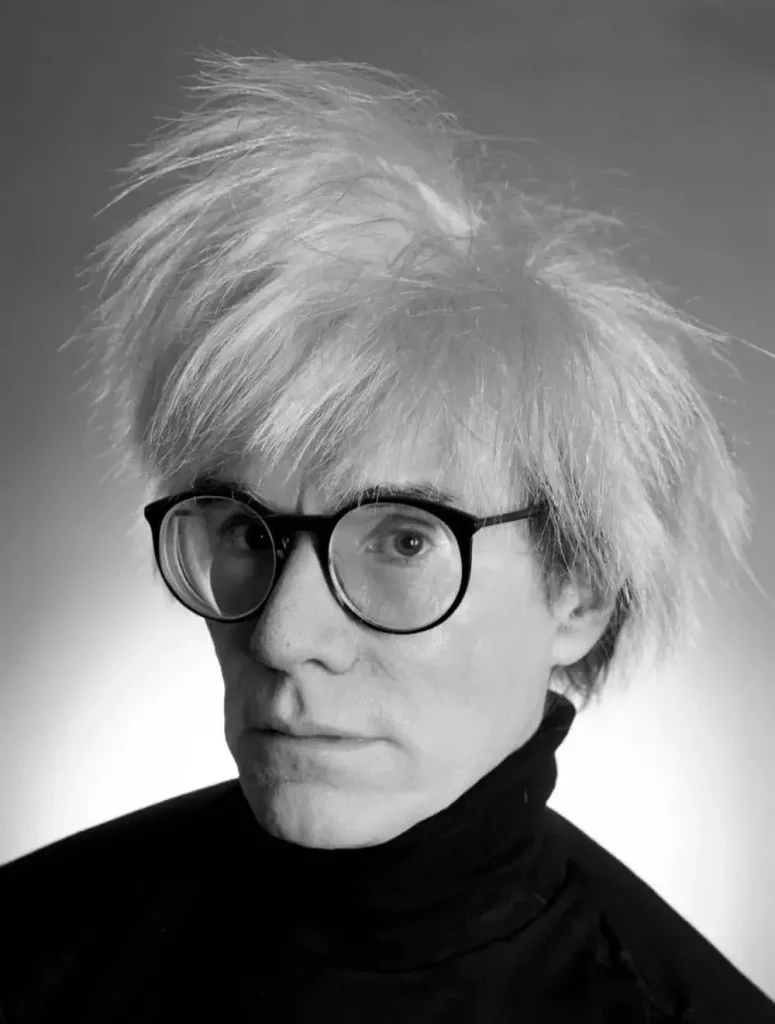
Art has the power to transcend time, and certain artists achieve immortality through their revolutionary ideas, emotional depth, and enduring influence. These visionaries redefine creativity, shape cultures, and inspire generations long after their lifetimes. From Renaissance geniuses to modern trailblazers, here’s a celebration of the 10 most “immortal” artists whose legacies continue to captivate the world.
Table of Contents
Top 10 Immortal Artists
1. Leonardo da Vinci (1452–1519)

- Era: Renaissance
- Nationality: Italian
- Key Works: Mona Lisa, The Last Supper
- Style: Realism, scientific precision, chiaroscuro (light and shadow)
- Legacy: A polymath who fused art with science, anatomy, and engineering, da Vinci epitomized the Renaissance ideal. His Mona Lisa remains an enigmatic symbol of artistic perfection and human curiosity.
2. Michelangelo Buonarroti (1475–1564)

- Era: Renaissance
- Nationality: Italian
- Key Works: David, Sistine Chapel Ceiling
- Style: Monumental sculpture, dynamic frescoes
- Legacy: Michelangelo’s mastery of the human form and divine grandeur redefined religious and artistic expression. His David is a timeless emblem of human potential.
3. Vincent van Gogh (1853–1890)

- Era: Post-Impressionism
- Nationality: Dutch
- Key Works: Starry Night, Sunflowers
- Style: Bold colors, swirling brushstrokes, emotional intensity
- Legacy: Though unappreciated in his lifetime, Van Gogh’s turbulent psyche birthed masterpieces that revolutionized modern art’s emotional and expressive power.
4. Pablo Picasso (1881–1973)

- Era: Modernism
- Nationality: Spanish
- Key Works: Guernica, Les Demoiselles d’Avignon
- Style: Cubism, abstract experimentation
- Legacy: Picasso shattered traditional perspectives, inventing Cubism and paving the way for abstract art. His works remain a cornerstone of political and artistic commentary.
5. Frida Kahlo (1907–1954)

- Era: Surrealism/Mexican Modernism
- Nationality: Mexican
- Key Works: The Two Fridas, Self-Portrait with Thorn Necklace and Hummingbird
- Style: Vibrant symbolism, autobiographical themes
- Legacy: Kahlo transformed personal pain and identity struggles into universal art, becoming a global icon of feminism, resilience, and cultural pride.
6. Claude Monet (1840–1926)

- Era: Impressionism
- Nationality: French
- Key Works: Water Lilies, Impression, Sunrise
- Style: Light-focused, loose brushwork, atmospheric landscapes
- Legacy: Monet’s ethereal landscapes birthed Impressionism, capturing fleeting moments of nature’s beauty and inspiring generations of artists.
7. Rembrandt van Rijn (1606–1669)

- Era: Dutch Golden Age
- Nationality: Dutch
- Key Works: The Night Watch, Self-Portraits
- Style: Dramatic chiaroscuro, psychological depth
- Legacy: A master of light and human emotion, Rembrandt’s portraits reveal the soul of his subjects, making him a pioneer of introspective art.
8. Georgia O’Keeffe (1887–1986)

- Era: American Modernism
- Nationality: American
- Key Works: Jimson Weed, Cow’s Skull: Red, White, and Blue
- Style: Abstracted natural forms, bold simplicity
- Legacy: Known as the “Mother of American Modernism,” O’Keeffe redefined nature’s abstraction and championed female creativity in a male-dominated art world.
9. Salvador Dali (1904–1989)

- Era: Surrealism
- Nationality: Spanish
- Key Works: The Persistence of Memory, The Elephants
- Style: Dreamlike absurdity, hyper-detailed fantasy
- Legacy: Dalí’s surreal, melting clocks and bizarre imagery made the subconscious a playground for art, challenging perceptions of reality.
10. Andy Warhol (1928–1987)

- Era: Pop Art
- Nationality: American
- Key Works: Campbell’s Soup Cans, Marilyn Diptych
- Style: Mass-media imagery, vibrant repetition
- Legacy: Warhol blurred art and consumer culture, critiquing celebrity obsession while democratizing art for the masses.
You Might like
10 Longest Rivers in the World
10 most beautiful islands in the world
10 Largest Regional Forests in The World
10 Most Serene Places of Natural Beauty in the World
Top 10 Tallest Buildings in the World
Comparison Chart
| Artist | Era | Nationality | Key Works | Style | Legacy |
|---|---|---|---|---|---|
| Leonardo da Vinci | Renaissance | Italian | Mona Lisa | Realism/Science | Renaissance polymath |
| Michelangelo | Renaissance | Italian | Sistine Chapel | Sculpture/Fresco | Divine humanism |
| Van Gogh | Post-Impressionism | Dutch | Starry Night | Expressive color | Pioneer of emotional modern art |
| Picasso | Modernism | Spanish | Guernica | Cubism | Revolutionized abstraction |
| Frida Kahlo | Mexican Modernism | Mexican | The Two Fridas | Symbolic autobiography | Icon of feminism and resilience |
| Monet | Impressionism | French | Water Lilies | Light-focused | Founder of Impressionism |
| Rembrandt | Dutch Golden Age | Dutch | The Night Watch | Chiaroscuro | Master of psychological depth |
| Georgia O’Keeffe | American Modernism | American | Jimson Weed | Abstract nature | Redefined female artistry |
| Salvador Dalí | Surrealism | Spanish | Persistence of Memory | Dreamlike surrealism | Champion of the subconscious |
| Andy Warhol | Pop Art | American | Campbell’s Soup Cans | Mass-media repetition | Bridged art and consumer culture |
Conclusion
These immortal artists, spanning centuries and styles, share an unparalleled ability to capture the essence of humanity. Whether through da Vinci’s curiosity, Kahlo’s vulnerability, or Warhol’s satire, their works transcend time, offering endless inspiration. Their legacies are not confined to museums but live on in how we perceive beauty, struggle, and innovation. True art never fades—it evolves, challenges, and forever changes the world.
FAQs
What defines an “immortal” artist?
Immortal artists create works that remain culturally relevant, innovative, and influential across generations.
Who is the most influential artist of all time?
While subjective, Leonardo da Vinci is often cited for his multidisciplinary genius and iconic works like the Mona Lisa
Why is Frida Kahlo so popular today?
Her raw exploration of identity, pain, and feminism resonates deeply with modern movements for diversity and self-expression.
How did Van Gogh’s mental health influence his art?
His struggles with mental illness fueled the emotional intensity and vibrant, chaotic beauty of works like Starry Night.
What makes Andy Warhol’s art timeless?
Warhol’s critique of consumerism and celebrity culture remains relevant in today’s media-saturated world.
